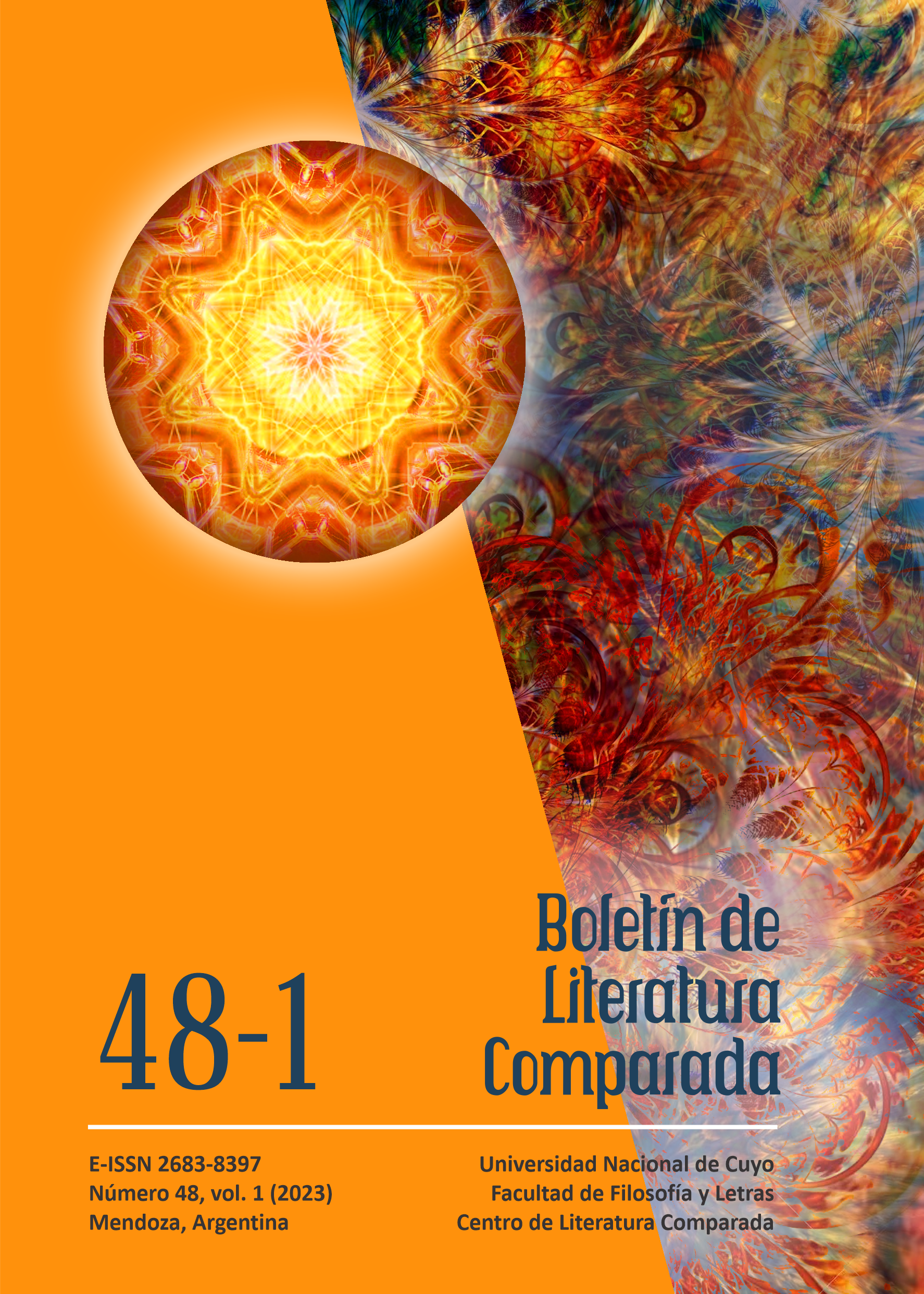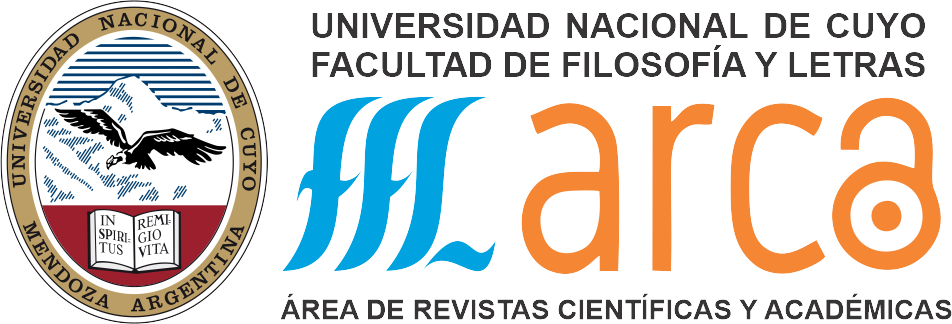Mass Cinema as Dream in Walter Benjamin’s Thought: Possibilities of Awakening in Manuel Puig's Literary Montage
DOI:
https://doi.org/10.48162/rev.54.023%20%20Keywords:
Walter Benjamin, cinema, mounting, Literature, Manuel PuigAbstract
In this article we reflect on how technical reproducibility can prompt an active response from the viewer based on a product of the cultural industry that, in principle, intends to duplicate the illusion of reality through reactionary topics, in the same way passages from Paris did during the nineteenth. To this end, we will focus on the paradigmatic case of the post-auratic art par excellence, cinema, and the possibilities that montage offers for the estrangement of content through formal subversion. This will allow us to analyze the elements in tension that appear in some of Puig's work: popularly consumed materials, kitsch aesthetics, and reactionary stereotypes that generate a dream world around the readers and characters of his novels; however, the formal subversions of cinematographic models (even the most regressive ones) generate the possibility of re-contextualizing the representations of identities and situations, such as the idealization of the artificial aura of the stars, behaviors relevant to a certain social status, romantic love, and gender roles.
References
AMÍCOLA, José (1994). “Manuel Puig y la pérdida del Aura: Observaciones sobre la repercusión del cine de Hollywood en su narrativa”. En: AMÍCOLA, José (comp.). Homenaje a Manuel Puig. La Plata: UNLP – FAHCE, pp 75-80.
BARHIL, Jorge. (1973). “La alquimia de la creación”. Reportaje realizado a Manuel Puig. Buenos Aires: Clarín, 17 de mayo, p. 4.
BENJAMIN, Walter (1999). Tentativas sobre Brecht. Traducción de Jesús Aguirre. Madrid: Taurus.
BENJAMIN, Walter (2005). Libro de los Pasajes. Madrid: Akal.
BENJAMIN, Walter (2008). Obras (libro I, vol. 2). Rolf Tiedemann y Hermann Schweppenhäuser (eds.) con la colaboración de Theodor Adorno y Gershom Scholem. Trad. de Juan Barja, Féliz Duque y Fernando Guerrero. Madrid: Abada.
BENJAMIN, Walter (2009). Obras (libro II, vol. 2). Rolf Tiedemann y Hermann Schweppenhäuser (Eds.) con la colaboración de Theodor Adorno y Gershom Scholem. Trad. de Juan Barja, Féliz Duque y Fernando Guerrero. Madrid: Abada.
BENJAMIN, Walter (2012). El París de Baudelaire. Traducción de Mariana Dimópulos. Buenos Aires: Eterna Cadencia.
BENJAMIN, Walter (2017). Materiales para un autorretrato. Ciudad Autónoma de Buenos Aires: Fondo de Cultura Económica.
BROCH, Hermann. (1966). Création littéraire et connaissance. Traducción de A. Kohn. Paris: Gallimard.
BUCK-MORSS, Susan (2001). Dialéctica de la mirada. Walter Benjamin y el proyecto de los Pasajes. Trad. Nora Rabotnikof. Madrid: La Balsa de la Medusa.
BUCK-MORSS, Susan (2014). Walter Benjamin, escritor revolucionario. Ciudad Autónoma de Buenos Aires: La Marca.
DIDI-HUBERMAN, Georges (2018). Ante el tiempo. Ciudad Autónoma de Buenos Aires: Adriana Hidalgo.
GIORDANO, Alberto (2001). Ensayos críticos. Rosario: Beatriz Viterbo.
HUYSSEN, Andreas (2006). Después de la gran división: modernismo, cultura de masas, posmodernismo. Buenos Aires: Adriana Hidalgo.
NAISHTAT, Francisco (2020). “Masa y despertar. Ambigüedades semánticas y constelaciones antropológico-históricas en el contexto del materialismo benjaminiano”. III Jornada Walter Benjamin, 5, 9, 16, 23 y 30 de noviembre de 2020, Ensenada, Argentina. Historia y materialismo antropológico.
PIGLIA, Ricardo (2016). Las tres vanguardias: Saer, Puig, Walsh. Buenos Aires: Eterna Cadencia.
POLLAROLO, Giovanna (2016). “Cine y opio en Sad flowers of opium, un guión inédito de Manuel Puig”. En FUNES, Leonardo (coord.).
Hispanismos del mundo. Diálogos y debates en (y desde) el Sur. Buenos Aires: Miño y Dávila, pp. 409-418.
PUIG, Manuel (2012). Los ojos de Greta Garbo. Buenos Aires: Booket.
SPERANZA, Graciela (2000). Manuel Puig: Después del fin de la literatura. Buenos Aires, Grupo Norma Editorial.
Downloads
Published
How to Cite
Issue
Section
License

This work is licensed under a Creative Commons Attribution-NonCommercial-ShareAlike 4.0 International License.






